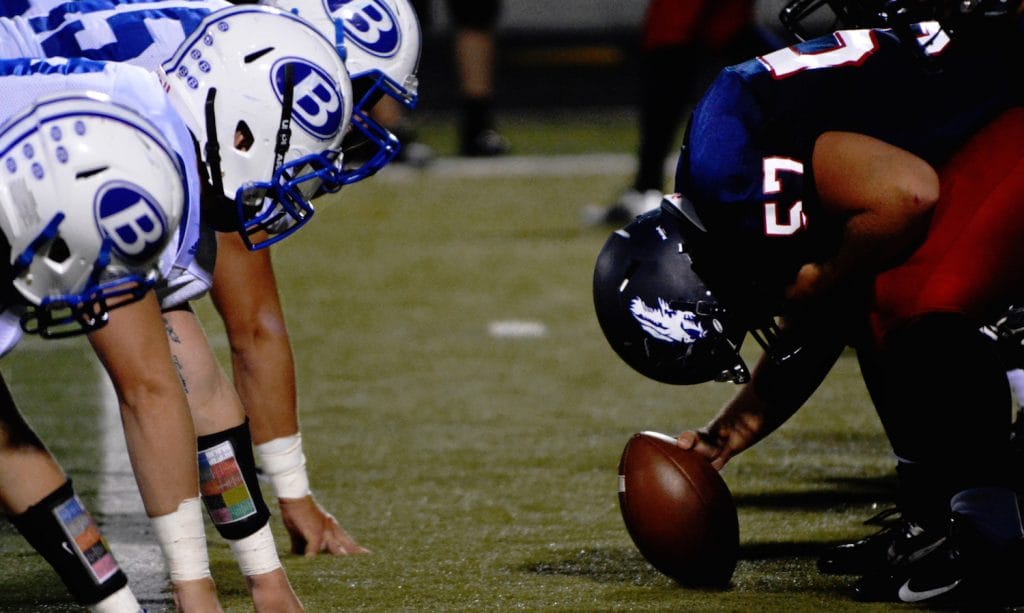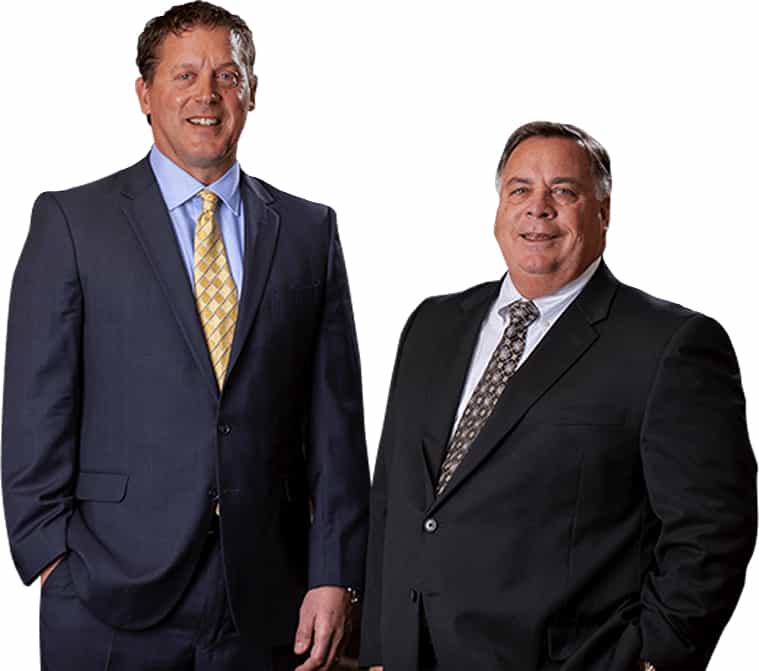
A helmet-to-helmet collision on the football field, a head-on crash during the morning commute or a falling brick from a construction site-all of these examples and more are prime examples of the ways a traumatic brain injury can occur in one’s life. With March being Brain Injury Awareness Month, we thought it the perfect opportunity to shed a bit of light on what can be devastating and tragic-but may also be prevented with a bit of education.
As defined by the Mayo Clinic, “Traumatic brain injury occurs when an external mechanical force causes brain dysfunction.” To dig deeper, let us examine how these injuries differentiate from others and how they are diagnosed.
The difficulty with diagnosis is that injuries may not be immediately apparent. Even without signs of injury, trauma to the head and brain can result in death if not treated immediately.
After a blow to the head or similar trauma, do not hesitate to get medical attention as soon as possible, even if you maintain consciousness and do not think the trip to the doctor is necessary. This is most certainly a “better safe than sorry” scenario.
When examining someone who has recently suffered a head injury, physicians may apply what is called the Glasgow Coma Score. This method of measurement rates eye response, verbal response and motor response and, based on the score collected, can adequately diagnose the severity of injuries, from mild to severe.
Now that we have a better understanding of how doctors diagnose traumatic brain injuries, let us look into their common causes and ways you may be able to prevent or minimize such injuries yourself.
Common Causes of Traumatic Brain Injury
- Sports: Even with today’s advanced safety equipment, sports accidents occur every day. Helmets can collide during a football game, skateboarders can run into with each other or take an especially bad fall, a baseball player can get hit with the ball or crash into a wall, a hockey player can be hit by the puck or opponent’s stick and a boxer can face multiple shots to the head in every round of their bout.
Prevention: These risks are only amplified if athletes do not take advantage of helmets, where available. Skateboarders, football players, cyclists, rollerbladers, hockey players and more should ensure that they are wearing protective helmets certified for their safety, secured properly at all times.
- Slip or Trip and Falls: Slip or trip and falls can quite easily result in serious injuries, including traumatic brain injury. For this reason, property owners and business owners are required to ensure that their home or place of business is safe by using “reasonable care”. This includes looking out for spills or slippery surfaces and walkways obstructions and repairing or clearing the walkway to ensure that no one is injured. This danger must also be made apparent through signs and/or verbal indication that there is a risk present.
These accidents are especially dangerous for the elderly, disabled or young, who are often much more susceptible to injury.
Prevention: Always heed caution signs, look out for puddles and watch your step, especially in dark areas.
- Vehicle Crashes: Though car, truck and motorcycle accidents can be traumatic to victims’ entire bodies, they can be especially damaging to the brain. The sudden, violent stop that occurs on impact can cause a whipping motion to occur to the head and neck, making the brain collide with the inside of the skull.
Prevention: Airbag technology has literally been a lifesaver when it comes to preventing traumatic brain injury. Even so, drivers should do their due diligence by staying up to date on recalls, as there was an infamous, widespread defect in many airbags just last year. Motorcycle riders should wear helmets at all times, as even a low-speed collision can have deadly results when on two wheels.
Seatbelts are also a must whenever operating a car or truck, as they reduce the chance of ejection or head trauma within the vehicle itself. Outside of these safety measures, simply driving with safety and the laws of the road in mind can help prevent collisions in the first place.
Traumatic brain injury is often preventable. Through the utilization of helmets in sports, watching one’s footing and using seat belts in conjunction with overall safe driving, we can all reduce these horrific and, many times, life-altering injuries.
If you or a loved one face any level of head trauma, please do not delay in getting medical attention. Once treated, contact our team of personal injury attorneys to receive the compensation you are owed from the negligent party.
Stay safe out there.


